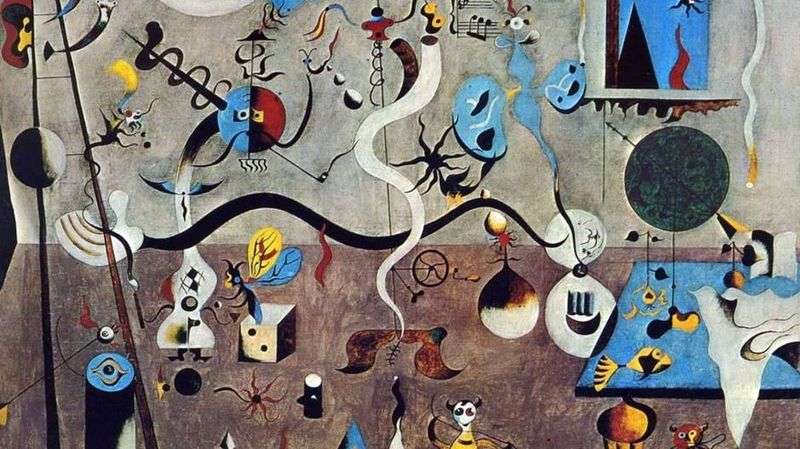
The painting shows a celebration known as Mardi Gras, which begins with observance of Lent and culminates in the day before Ash Wednesday.
“Harlequin’s Carnival” is considered by art historians as a depiction of the human subconscious.

The painting shows a celebration known as Mardi Gras, which begins with observance of Lent and culminates in the day before Ash Wednesday.
“Harlequin’s Carnival” is considered by art historians as a depiction of the human subconscious.